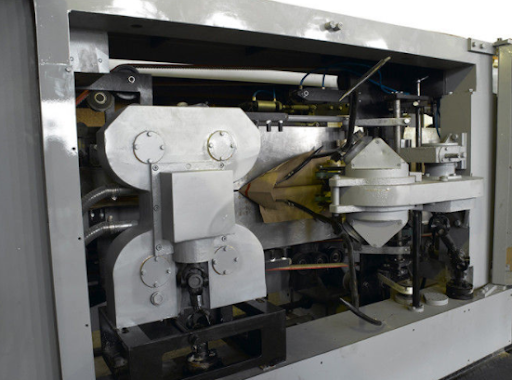How to Properly Measure and Size a Multi-Wall Pasted Valve Bag
A Pasted Valve Stepped End (“PVSE”) multi-wall paper bag, is a common industrial packaging style designed to package a wide variety of dry flowable..
May 15, 2023
Multi-wall paper bags are used to transport and store dry flowable bulk materials. The paper shipping sack originated over a century ago. Today, billions of units are produced and filled each year.
Multi-wall bags are a popular choice for packaging due to their durability and versatility. These bags consist of several layers, typically ranging from 2 to 6 plies, composed of both paper and film. The paper plies are usually made of kraft or extensible paper, while the addition of plastic film is necessary for bags requiring protection against moisture or grease.
In some cases, a thin layer of film may also be applied directly to the paper for added strength and resistance to tearing.
REQUEST A QUOTEThere are two basic types of paper bags: open mouth and valve. An open-mouth bag is a tube of paper plies with the bottom end sealed. The bag is filled through the open mouth and then closed by stitching, adhesive, or tape. Valve bags have both ends closed (pasted) and are filled through a valve.
Variations of the industrial paper bag include the pasted valve bag, pinch bottom open mouth bag, self-opening satchel bag, and the sewn open mouth bag.
The following information demonstrates the basic steps in manufacturing a multi-wall paper bag.

With flexographic printing, a flexographic press uses photopolymer plates, either digital or conventional, mounted on a printing cylinder. This process uses very fluid, fast-drying solvents or water-based inks. It is especially adaptable to high-speed, low-cost, in-line printing.
.png?width=237&height=168&name=Manufacturingprocess%20(1).png)
The process of creating a paper bag begins with the use of a tuber. This machine is designed to join multiple rolls of paper and other components onto a rigid structure, producing a flat or gusseted tube held together by adhesives. While flat tube bags lack any creases or folds on the sides, gusseted tubes are characterized by these unique features.
Tuber speeds typically range between 150 and 250 feet per minute, ensuring efficient production rates.

Next, depending on the type of bag they will become, the tubes are taken to their specific bottom-forming operation. They're bundled and placed on automatic feeders. The feeder delivers them one at a time at speeds of between 30 and 50 bags per minute.
Manufacturing of a valve bag involves the sealing of both ends, leaving only a single corner opening or valve, which serves as the entry point for filling the bag.
.png?width=205&height=158&name=Dryingmanufacturingprocess%20(1).png)
Finished bags travel through a metal detector to assure the absence of contaminants. Bags are then palletized and dried prior to final shipment.
Our multi-wall paper bags are produced with state-of-the-art converting equipment in plants located domestically and abroad. Available in traditional kraft and high-performance extensible paper, Southern Packaging offers a wide variety of bag styles to suit all your multi-wall paper packaging needs.
Whether you need an in-stock bag for immediate shipment or a custom-designed solution, our seasoned team is here to assist. Connect with us today to learn more!
Contact UsOriginally published: 12/2/2020